It’s great that you’re getting enough calcium, but it’s not enough to maintain bone health on its own. These six supplements can help fill in the gaps.
Approximately 200 million people deal with osteoporosis, a condition where bones become weak and brittle. Women past the age of menopause and elderly men are at the most risk, with nearly 9 million fractures occurring because of this disease. (1)
We often think of bone health as something we don’t have to worry about until we’re older, but osteoporosis prevention should start in the teens and twenties. Osteoporosis means “porous bones”, and most people who have it will have no symptoms for years – until something tragic happens, like a bone break from a slight fall.
Do you struggle with bloating, gas, constipation, or other digestive issues? We’ve created a FREE guide to healing your gut naturally.
Click here to get your FREE copy of our Digestion Guide!
You often hear about taking calcium to prevent and treat osteoporosis, but supporting bone health involves many other critical nutritional and lifestyle factors. Of course, calcium is a good start, but it’s time to go deeper.
Why Bone Health is Critical
Without the structural support of the bones, the muscles and tissues of the body don’t have a leg to stand on – literally. Bone health rapidly falls after the age of 50, particularly if nutritional and health needs were not adequate in the twenties and thirties.
Osteoporosis happens when either the bones lose too much mass, too quickly, or when they simply don’t make new bone in adequate quantities. A milder condition associated with bone loss and weakness is osteopenia, affecting half of all Americans over the age of 50. (2)
Symptoms of osteoporosis typically do not appear until the disease has progressed and interventions become surgical in nature. Symptoms can include: (3)
- Bone pain, which can be intense
- Bone fractures and breaks, commonly in the hip, spine, wrist, knees, and feet
- Decrease in height
- Stooped posture or curved spine
The causes of osteoporosis and bone mass problems don’t break down to simply not drinking enough milk as a kid. It usually involves several different factors, many of which include: (4, 5, 6, 7)
- Aging
- Poor diet and vitamin deficiencies
- Inactivity or a sedentary lifestyle
- Pulmonary, kidney, or liver diseases
- Autoimmune disorders
- Hormone changes, like menopause in women or low testosterone in men
- Extended use of certain medications like SSRIs, hormone drugs, or steroids
- Mental health problems
- Calorie restriction
- Family history
Nutrients That Support Bone Health Beyond Calcium
We know that calcium is needed for strong bones, with daily requirements for adults under 50 coming in at 1,000 milligrams, and 1,300 milligrams for women over the age 50 and men over the age of 70. In addition to maintaining the health of the skeletal system, calcium regulates fluid levels in the body and supports cardiovascular health. (8)
However, calcium cannot structurally maintain bone health on its own. While it might be required at the highest intake levels, other nutrients are critical for overall bone structure, health, and fracture prevention. These are the top nutrients that are needed in addition to calcium.
1. Magnesium
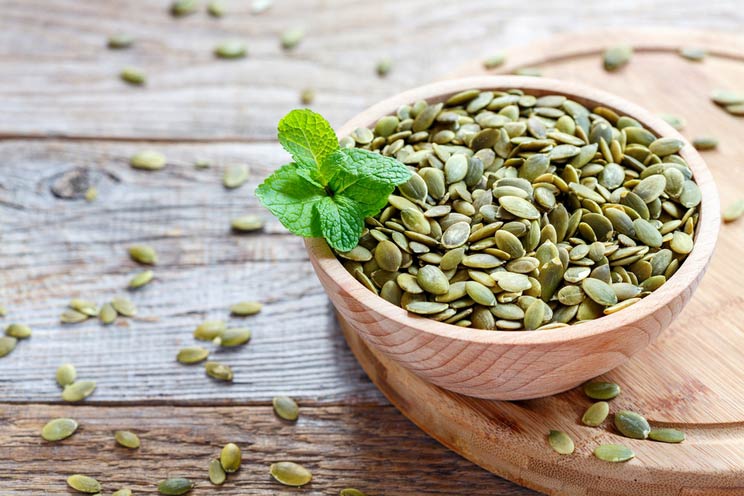
In order to facilitate calcium transport and use in the body, you also need to have adequate amounts of magnesium. (9) A study of more than 73,000 women discovered that regular consumption of 400 milligrams of magnesium daily led to as much as three percent higher levels of bone density, which helps to offset the average one to two percent that women lose per year after menopause. (10, 11)
Magnesium is an essential mineral that can be found in both dietary and supplement sources, and even in well-developed countries, deficiency is common – so common that low levels of magnesium are considered to be a worldwide public health crisis. (12)
Foods that are richest in magnesium are nuts, leafy vegetables, avocado, pumpkin seeds, bananas, and molasses. If supplementing, the dose is often between 200 and 400 milligrams in an easily absorbable form, like magnesium citrate or magnesium malate, like this. Read the label carefully and do not take more than the recommended dose of magnesium, or it may result in gastrointestinal symptoms.
2. Vitamin C
Vitamin C is great for the immune system, and it also helps to stimulate replication of cells that build bones. (13) While most people think of bones as solid structures, like bricks, in reality, bones are in a constant state of teardown and repair. When the body is low in nutrients like calcium, the body can draw from the stores in the bones. If this “stolen” calcium isn’t replaced, the bones won’t be rebuilt as strong as before. As this pattern continues, bone density loss occurs.
One study found that menopausal women who eat higher amounts of vegetables like broccoli, parsley, and cabbage, maintain better bone density because these vegetables exert antioxidant protection on bones, leading to a reduced turnover. (14)
Vitamin C is water-soluble, meaning it needs to be replenished on a daily basis since the body doesn’t store leftovers. The recommended daily intake for vitamin C is 200 milligrams, although 500 or 1,000-milligram doses are common. The tolerable upper limit is 2,000 milligrams. If supplementing, try one that is sourced from tapioca, not corn, like this.
You don’t necessarily need to supplement if you eat enough food rich in vitamin C. The best sources include:
- Bell peppers
- Berries
- Citrus fruits
- Cruciferous vegetables
- Leafy greens
- Sweet potatoes
- Squash
- Tomatoes
3. Vitamin D
You need calcium to build strong bones, but in order for the body to absorb and use calcium, you need adequate levels of vitamin D. Yet 1 billion people worldwide are deficient in vitamin D or have inadequate levels to maintain health. (15)
To protect against bone density loss, a vitamin D level of at least 30 ng/mL is required, though others believe that 40 ng/mL is the bottom line for healthy, and anything under 20 is true deficiency. (16) Vitamin D facilitates the use of calcium, and optimal levels of vitamin D are associated with lower risks for disease and inflammatory problems. (17)
You need calcium to build strong bones, but in order for the body to absorb and use calcium, you need adequate levels of vitamin D.
While you can find vitamin D in foods like fatty fish, beef liver, and egg yolks, the problem is that there are no food sources with high enough levels of vitamin D to get enough from your diet. While your body can synthesize vitamin D in response to sun exposure, this only happens for a few months each year (generally April through September). The majority of your skin (trunk, arms, and legs) needs exposure for at least 10 to 15 minutes. If you use sunscreen, you won’t get that vitamin D conversion, making it difficult to obtain sufficient levels from the sun. (18)
To supplement with vitamin D, look for the D3 form, which is best for absorption. The recommended daily allowance for vitamin D is between 400 and 800 IU per day. Ultimately, your vitamin D intake is determined by your personal blood levels, so start by asking your doctor to assess your level. Because vitamin D is fat-soluble, taking too much when you don’t need it can result in toxicity. (19)
Tip: Choose a high-quality form of D3, like this, and take it with fatty food or fish oil to enhance absorption. (20)
4. Vitamin K

Vitamin K and Vitamin K2, in particular, are essential for boosting osteocalcin, the protein that helps form bone and decreases the loss of calcium from bone stores. (21, 22)
You can find vitamin K2 in fermented foods like sauerkraut, and in small amounts in liver, eggs, and meat. It can also be taken in supplement form, with some research showing that the form MK-7 absorbs the best. (23)
Most people get enough vitamin K in their diet, but if your bone density is a problem, your doctor might suggest supplements. The effective dose for MK-7 for supporting bone health is approximately 180 micrograms and should be taken along with fatty acids for optimal absorption. (24) Try a supplement like this one.
5. Protein & Collagen
Bone is made of minerals, but it requires protein for healthy formation. Approximately half of the structure of bone is based on protein, and without enough, calcium absorption drops and bones become less dense. (25) This is especially true for older women, who have healthier bones when they eat higher volumes of protein in their diets and are less prone to fractures. (26, 27)
Collagen is the main protein found in bones, comprised of amino acids (the building blocks of protein) like glycine, lysine, and proline, all of which support a healthy bone and musculoskeletal structure. (28, 29)
The actual amount of protein that you need each day depends on a number of factors, but you can calculate it by converting your body weight to kilograms (tip: use an easy online converter, like this) and then multiplying your kilogram weight by 0.8. So a 145-pound woman would need, at a minimum, around 52 grams of protein each day. Most Americans get more than enough protein each day.
Foods that are rich in protein include:
- Grass-fed meats
- Wild-caught seafood
- Pastured eggs
- Poultry
- Nuts and seeds
If you want to supplement, get a container of collagen peptides like this, with 18 grams of protein per serving.
6. Omega-3 Fatty Acids

The best sources of omega-3 foods include:
- Salmon, mackerel, and other fatty fish
- Grass-fed beef
- Walnuts
- Chia seeds
- Pastured eggs
If you plan to supplement, try a fish oil like this. The average recommended dose is 1 gram daily.
Other Ways to Boost Bone Health
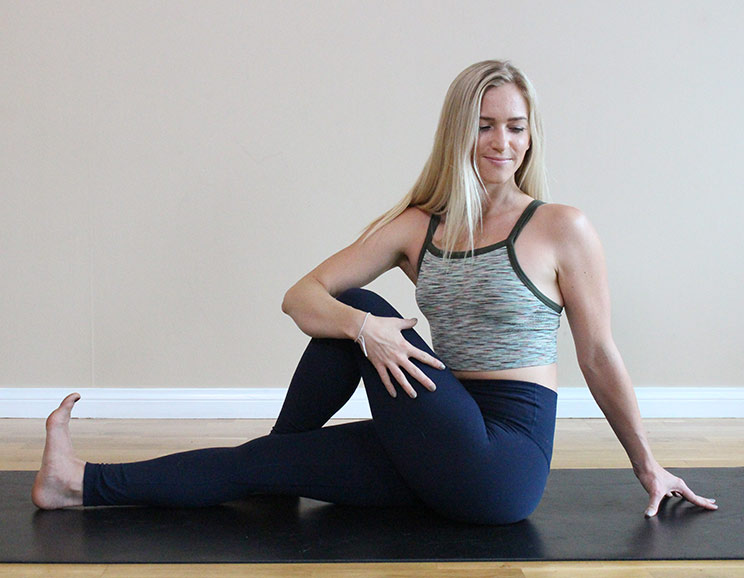
While it’s easiest to focus on bone health from food and nutrient sources, bones are also strengthened by several lifestyle factors. In order to promote overall bone health, incorporating a mix of nutritional and lifestyle modifications will achieve the best results.
Strength Training and Cardio
The greatest way to boost bone health beyond diet is exercise. Strength-training and cardio are beneficial for supporting a healthy skeletal structure.
Weight-bearing exercise and resistance training, in particular, can help to promote the growth and formation of new bone cells. It can also increase bone size in older adults and reduce inflammation and bone turnover. (33, 34, 35) Exercise that involves jumping or other cardio can also have protective effects by increasing bone density. (36)
Yoga
You can also benefit your bones from stretching exercises that build overall strength and flexibility. Yoga especially can help to build bone strength even when done in a short routine (12 minutes per day). If you’re looking for a place to start, try these simple poses to help reverse bone loss. (37)
Weight Management
In addition to exercise, maintaining a healthy weight helps to protect bone health. Obesity, in particular, can add extra strain to the skeletal structure and increase the risk of fractures due to excess weight. (38) Cycles of losing and re-gaining weight repeatedly also put bone health at risk, leading to more bone loss over time. (39)
The Bottom Line
There are numerous ways to build bone strength, but in order to prevent loss and increase bone health, consistency is key throughout several aspects of a lifestyle. Eating well, supplementing with needed nutrients, and exercising can all prevent bone density problems and can also help to restore bone health.

(Read This Next: The Best (and Healthiest) Ways to Take 10 Common Supplements)


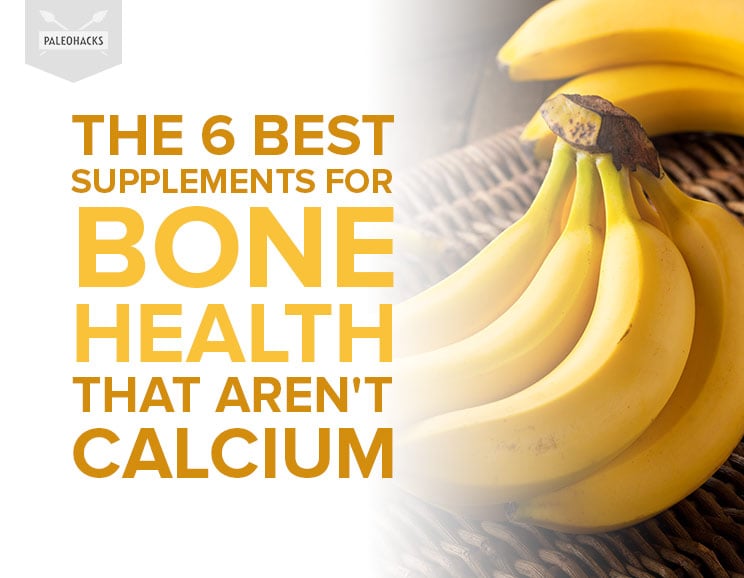
 A Visual Guide to Every Gluten-Free Chocolate Chip Cookie
A Visual Guide to Every Gluten-Free Chocolate Chip Cookie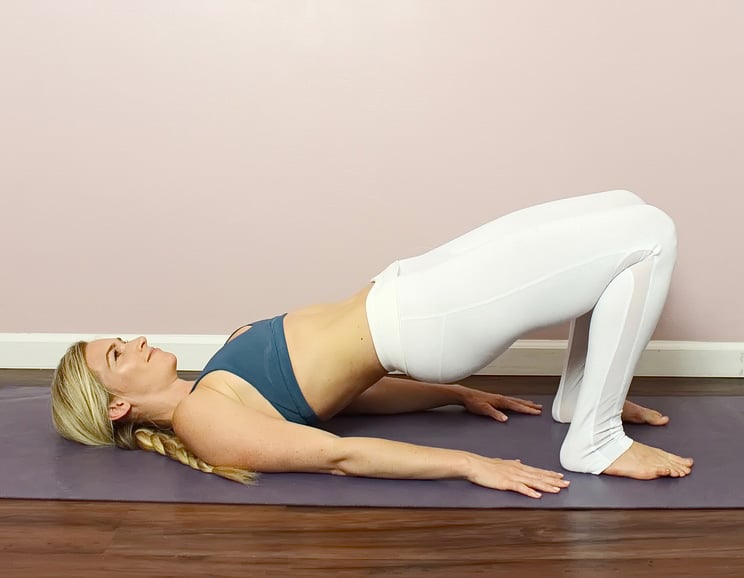

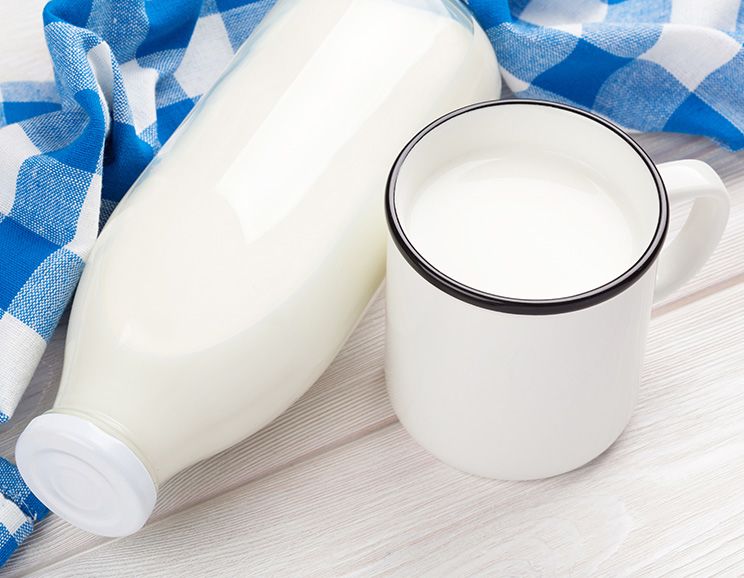
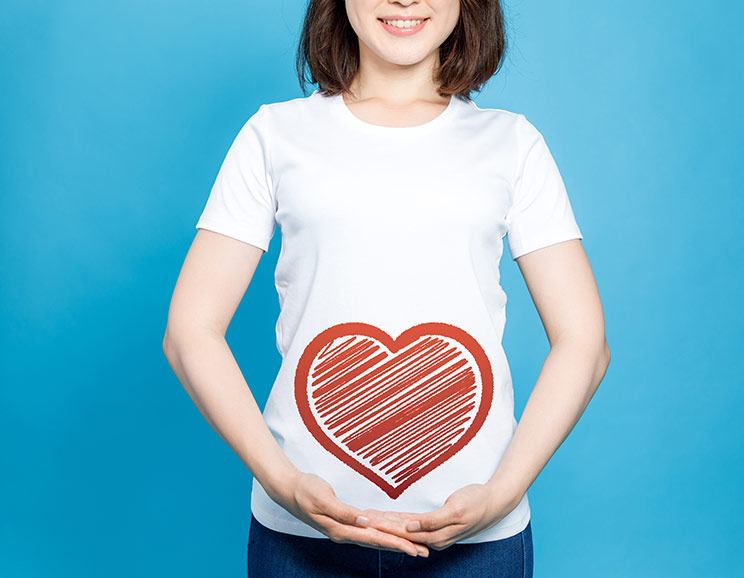
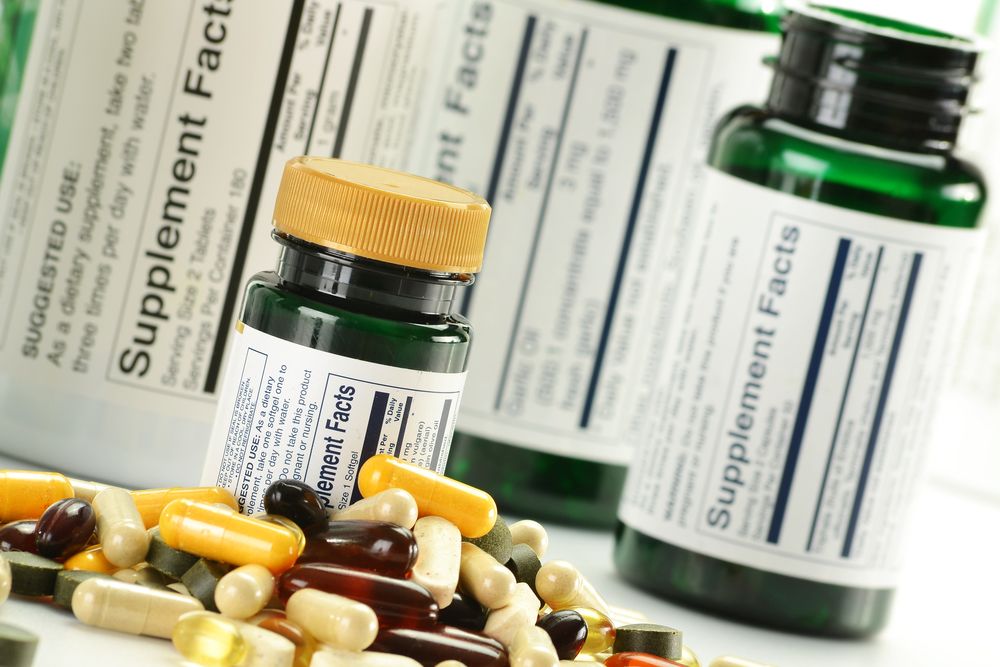
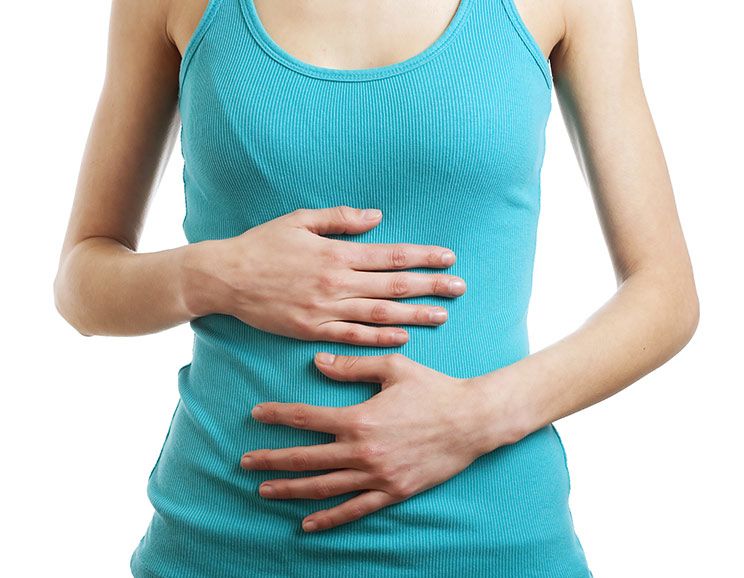


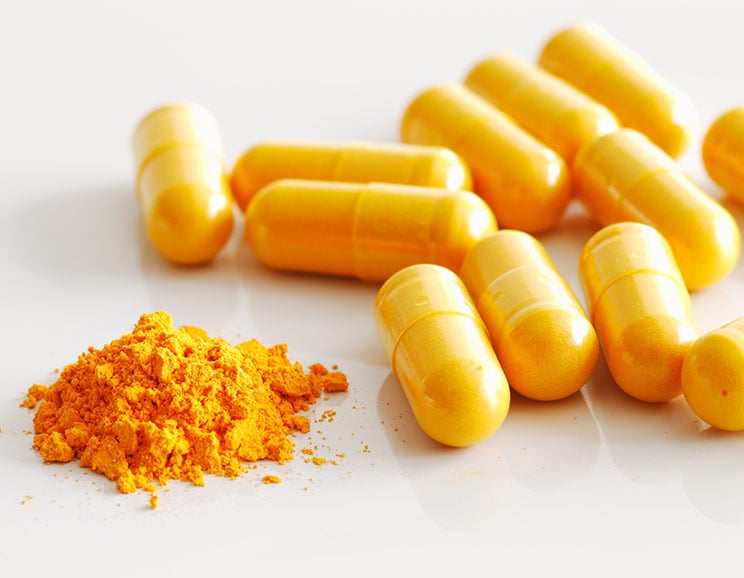

Show Comments